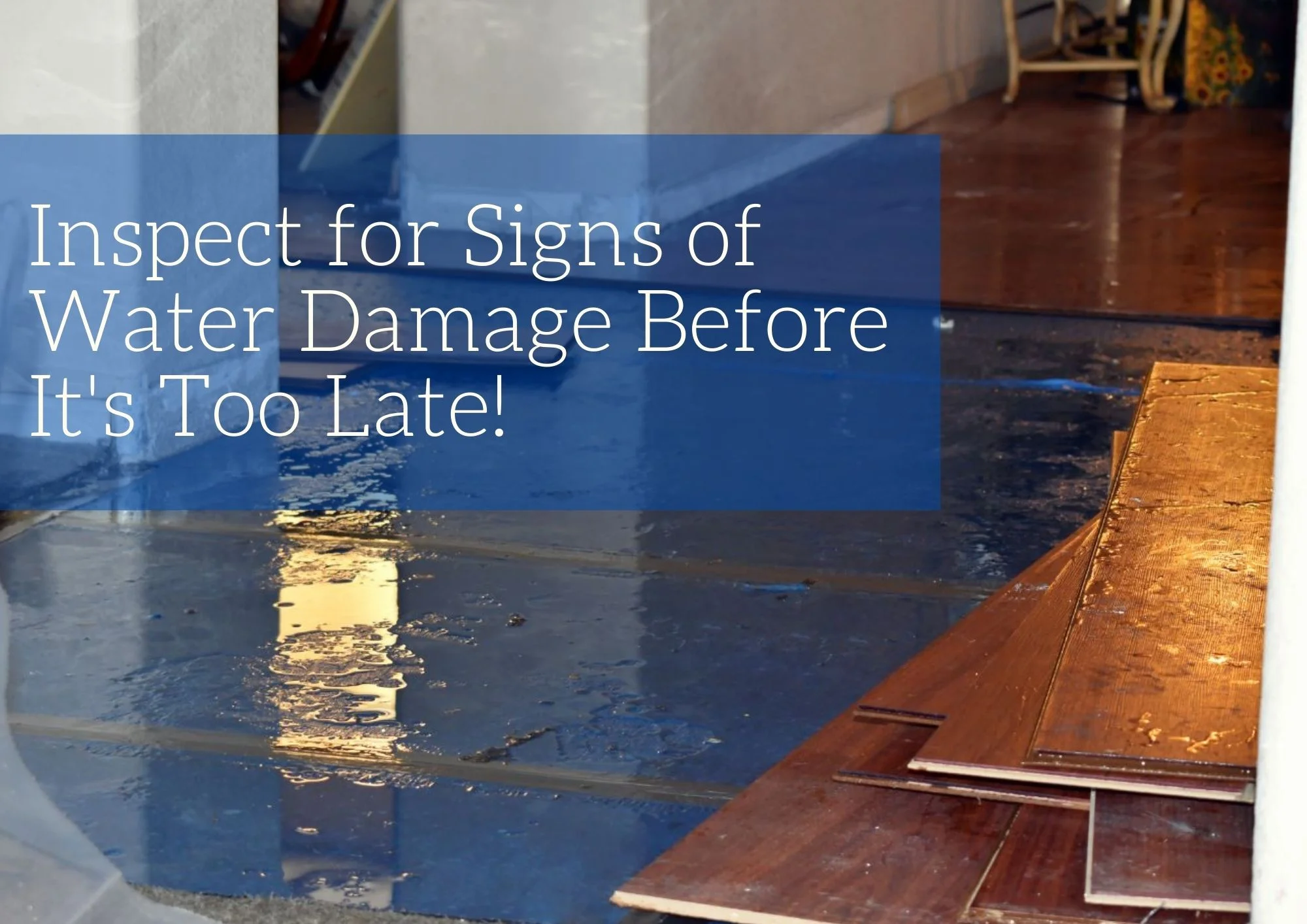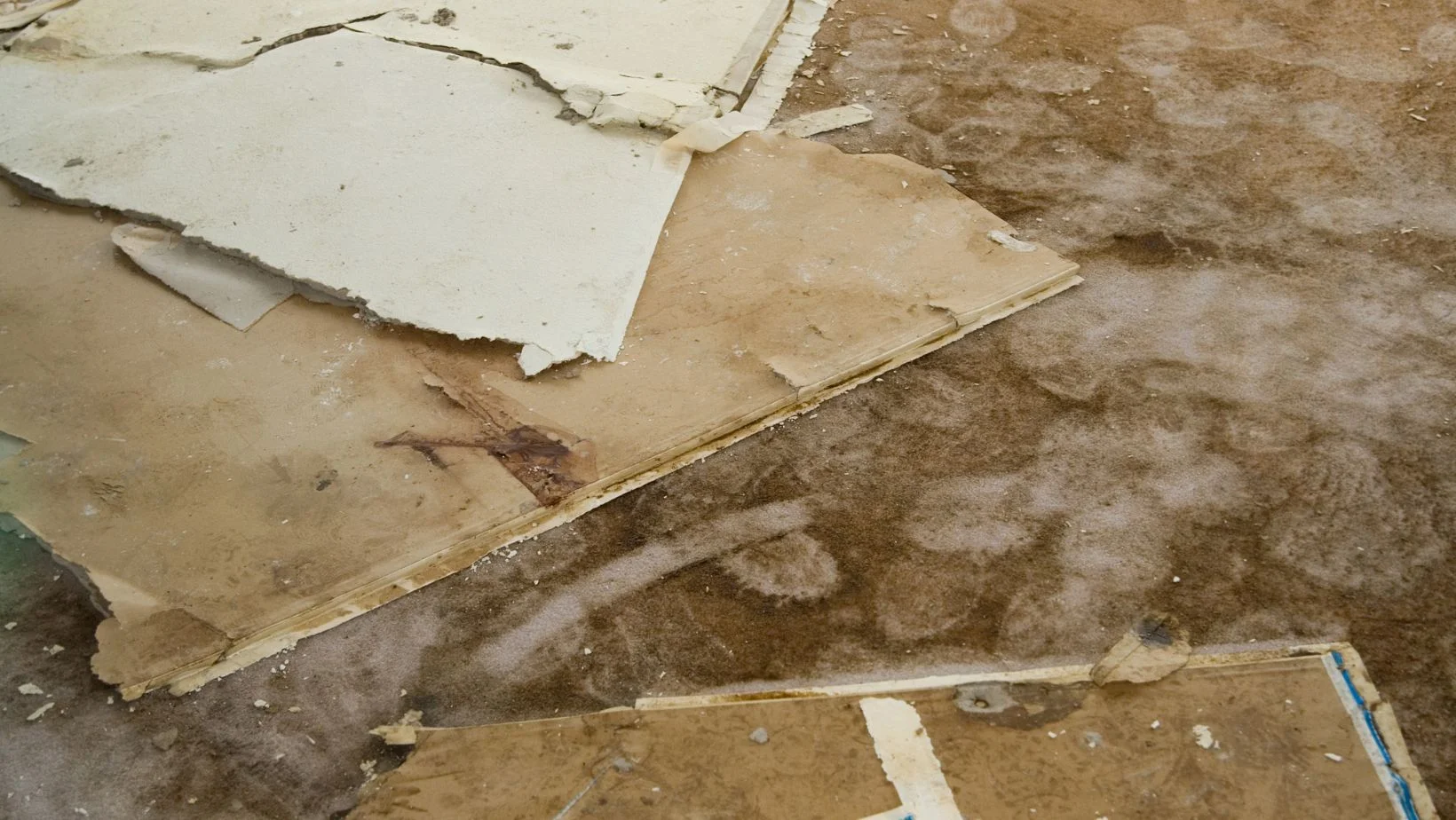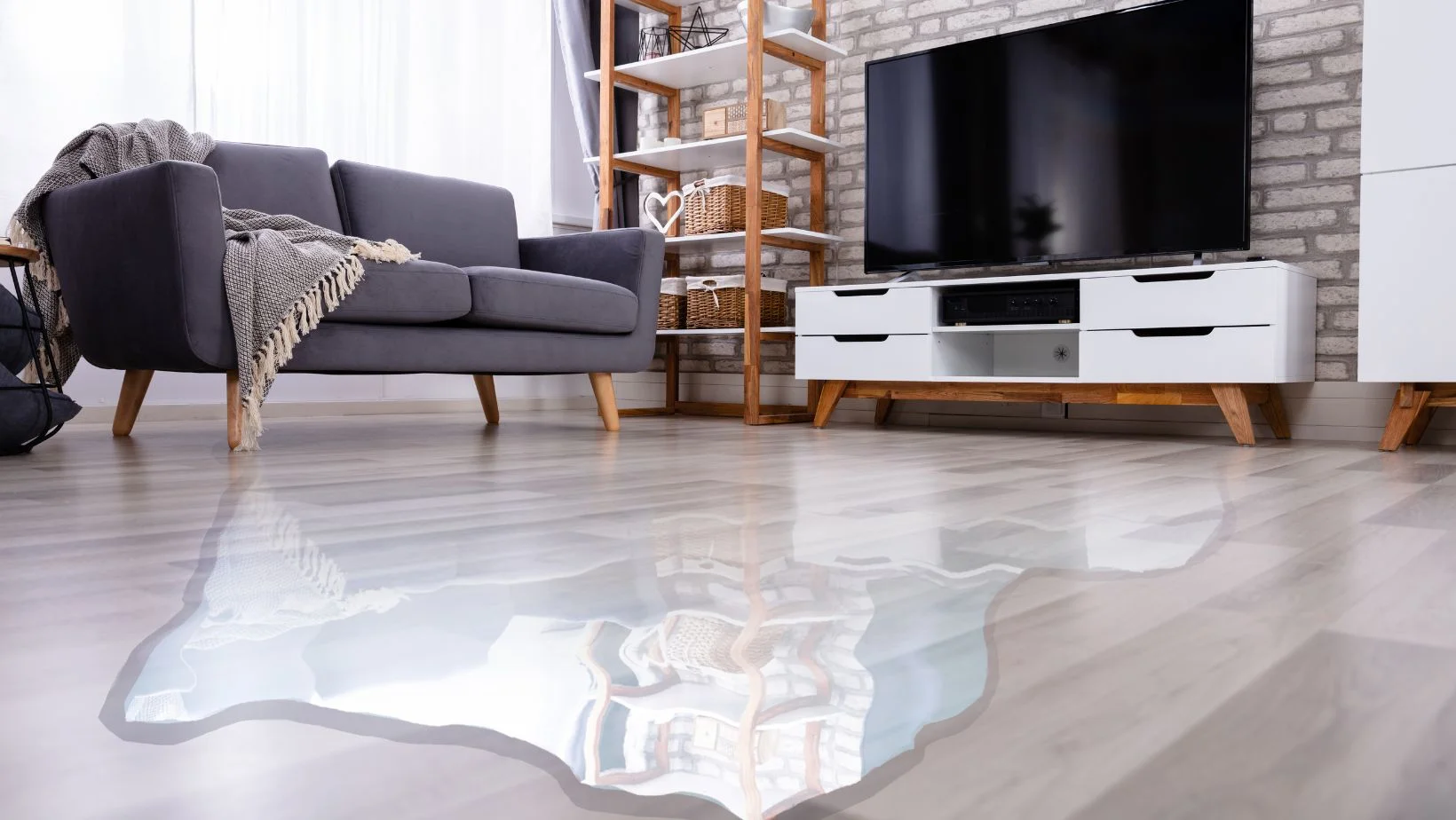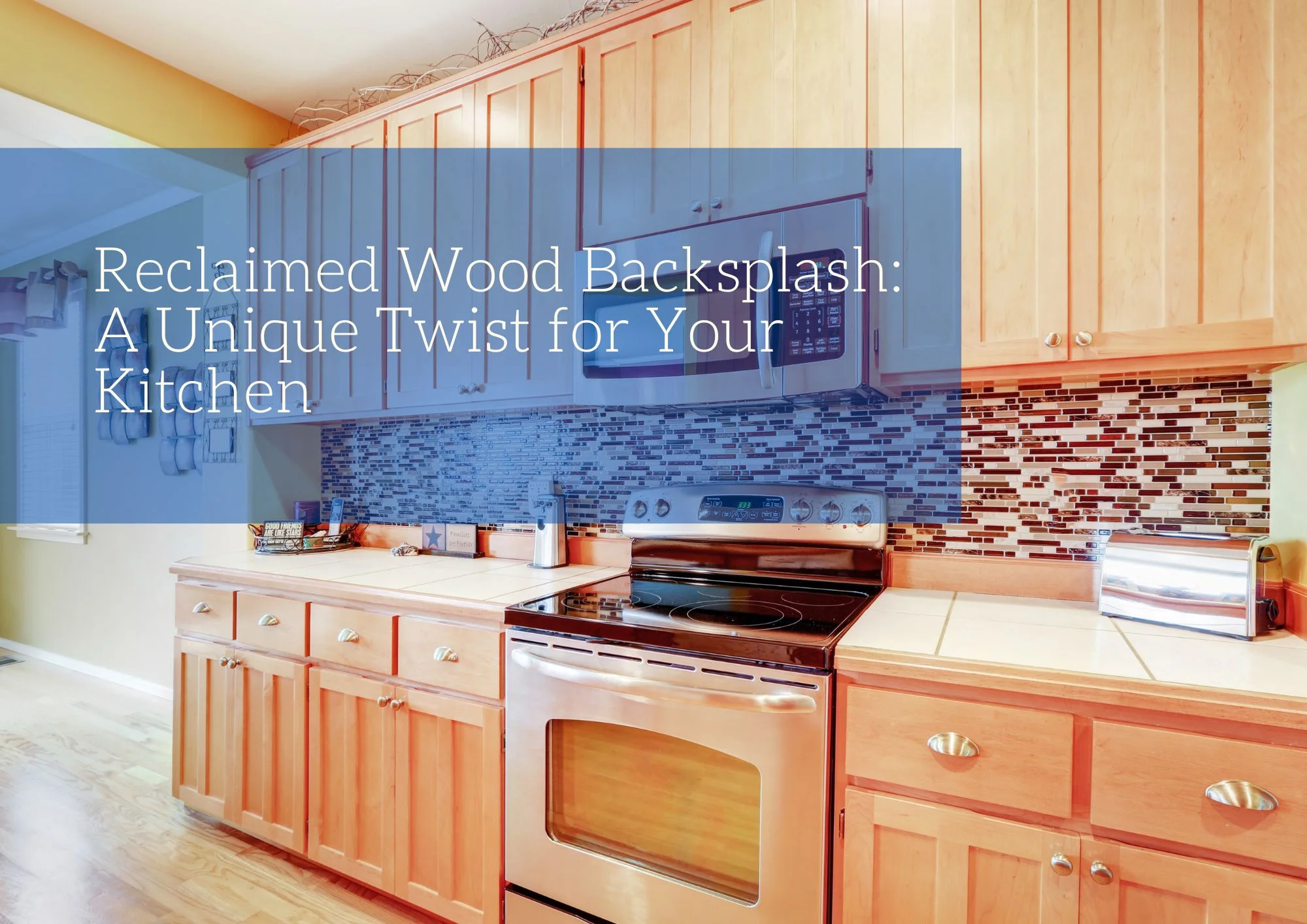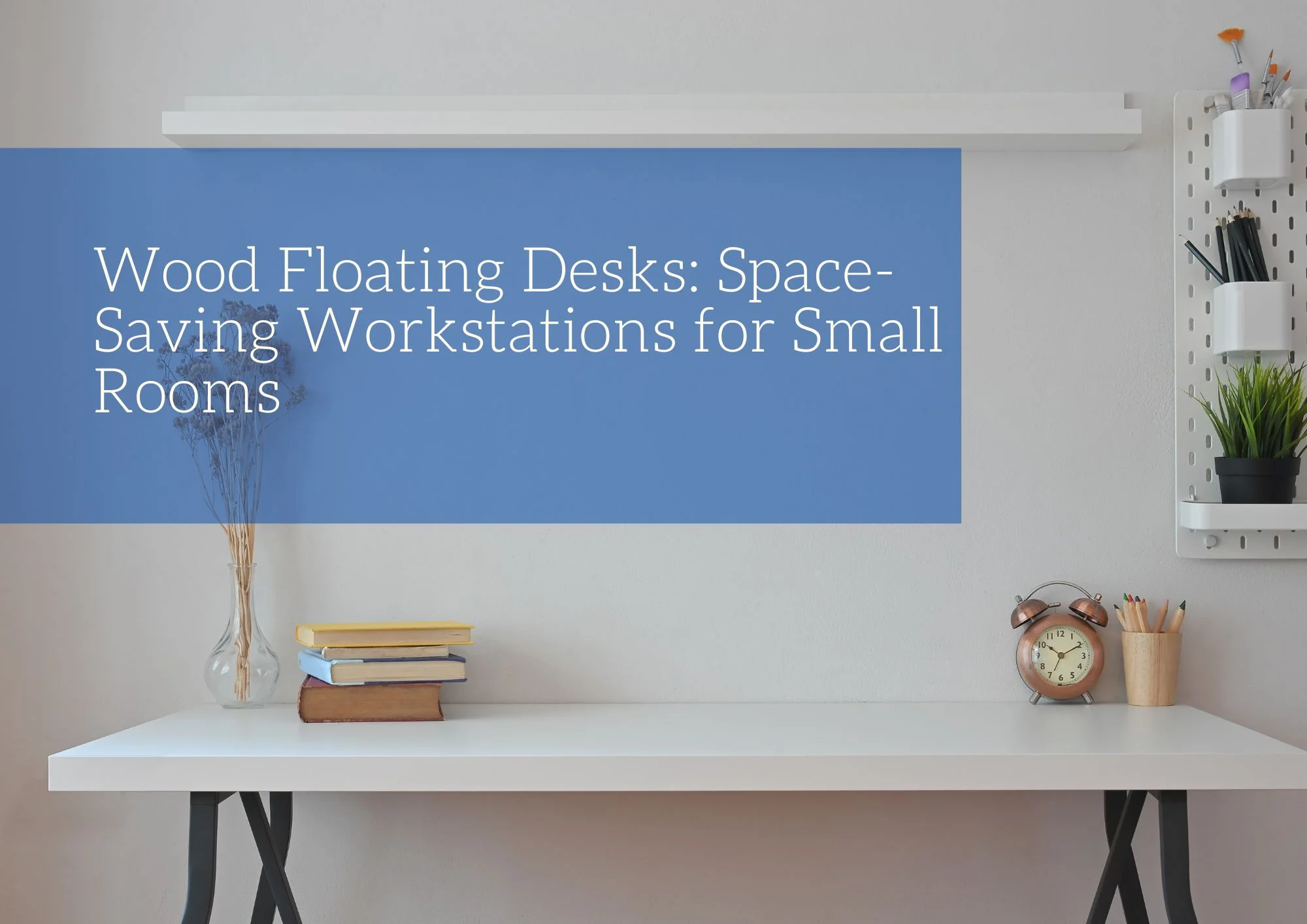Water is essential for life, but it can also be a serious threat to your hardwood floors! If your home has been previously flooded or you’re just worried about potential water damage, then it’s worth your time to know the warning signs. This blog post will help you identify the key indicators that suggest your hardwood floors may have succumbed to some moisture-related issues and offer advice on how best to address them. Read on if you want to learn more about uncovering hidden water damage before costly repairs become necessary – because as they say: an ounce of prevention is worth a pound of cure!
Unveiling the Dangers of Water Damage
It doesn’t always take a natural disaster to wreak havoc on your beautiful hardwood floors. Even a small amount of water from a burst pipe or a leaky fridge can cause significant damage and encourage mold growth which poses serious health risks to you and your family.
What to Look For
- Discoloration
- Cupping or crowning
- Warping or buckling
- Musty odor
- Soft or spongy feeling underfoot
Act Fast to Save Your Floors
As soon as you suspect that your hardwood floors have suffered from water damage, take these crucial steps:
- Identify the source and fix the problem, i.e., repair the burst pipes or address the leaking appliance.
- Remove any standing water using a wet vacuum or mop.
- Dry the floors by increasing ventilation and consider using a dehumidifier to speed up the process.
- Monitor the moisture content of the wood and surrounding air to ensure it returns to normal levels.
- Consult a professional if necessary, and especially if any signs of mold growth appear.
Taking quick action can mean the difference between saving your hardwood floors and having to replace them entirely.
Invest in Prevention
- Install water sensors that alert you to leaks or flooding,
- Regularly inspect and maintain your home’s pipes and appliances,
- Seal your hardwood floors to create a barrier against moisture.


